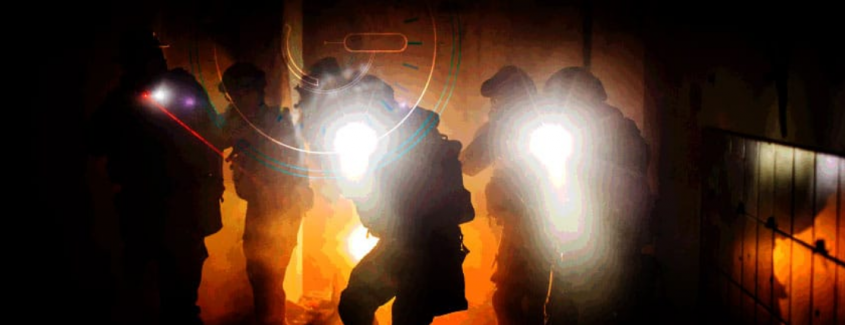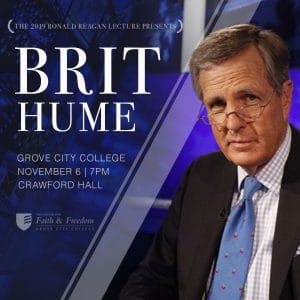
Raids, like Operation Kayla resulting in the death of Abu-Bakr al-Baghdadi and other ISIS terrorist leaders, are usually small affairs with limited results. Nevertheless, such meticulously planned and superbly executed raids also can have significant strategic implications.
Roughly five decades ago, in Operation Ivory Coast, six Air Force rescue helicopters—five propeller-driven Skyraider fighter-bombers and a four-engine C-130 transport—flew deep into North Vietnam on the night of November 20, 1970 hauling 56 Army Special Forces soldiers in an attempt to rescue American prisoners of war (POWs) held at Son Tay prison 26 miles north of Hanoi. The raid succeeded strategically although the POWs had been moved elsewhere in July. Here’s why:
First, the raid was planned over a six-month period mostly at night on Eglin Air Force Base in Florida. A canvas and plywood replica of the target erected every night was taken down each morning before dawn to preclude detection by Soviet satellites. Planners told the raiders their objective was in western Africa (thus the Ivory Coast codename) or, possibly, in Cuba. When they learned the actual target and mission only hours before launching from northern Thailand, they cheered wildly.

Join us on November 6, 2019 with senior political analyst for FOX News, Brit Hume. Grove City College President Hon. Paul J. McNulty ’80 and IFF Senior Fellow Dr. Paul Kengor will interview Brit for our 13th Annual Ronald Reagan Lecture. Admission is FREE but you must RSVP. Click to learn more.
President Richard M. Nixon, the Chairman of the Joint Chiefs of Staff Adm. Thomas H. Moorer, National Security Advisor Henry A. Kissinger and a handful of others knew of the operation. Texas financier H. Ross Perot, a stalwart supporter of Americans held captive by North Vietnam, furnished cash for essentials like bolt cutters and Swedish night scopes purchased outside normal defense acquisition channels to avoid unwanted attention.
Air Force and Navy fighter bombers, absent from the skies over most of North Vietnam since October 31, 1968 when President Johnson ended the bombing of North Vietnam, flew over major towns and cities firing flash cartridges and breaking the sound barrier to cause confusion. Other jets dashed along the radar boundary lines between North Vietnam and China to confound enemy air defense forces while four HH-53 Air Force rescue helicopters and one smaller HH-3E flew in at low altitude from northern Thailand through the mountains of Laos behind a Combat Talon C-130 transport with night vision. The flight to Son Tay was itself a notable feat of airmanship.
The smaller HH-3E filled with a squad of Green Berets cut power over the compound’s courtyard to rotate through a banana tree in a controlled crash landing. Rangers fanned out, blasted the gate and killed a handful of guards. Raiders landed outside the gate then stormed in, bolt cutters at the ready.
The Son Tay raid succeeded in all its parameters except it failed to secure a single prisoner. Nevertheless, that raid had a significant strategic impact. First, Operation Ivory Coast demonstrated that the United States could place American soldiers and helicopters on the ground 26 miles from Hanoi and keep them there for two hours with impunity. During the exfiltration, two American helicopter crewmen suffered minor injuries while violently maneuvering to escape a pursuing enemy jet that crashed into a mountain. One fighter bomber, crippled by enemy ground fire, limped back to Laos where the two-man crew ejected and were recovered by one of the returning choppers.
Second, the North Vietnamese moved all American POWs from small outlying compounds into their main holding facility, the “Hanoi Hilton.” Returning POWs later testified that harsh treatment had abated significantly after the raid. Strategically, the United States demonstrated it could—and would—hold Hanoi responsible for its treatment of Americans in captivity.
Similarly, Operation Kayla was a superbly planned and professionally executed raid deep into hostile territory replete with Syrian and Russian air defenses along with the considerable ISIS oppositional capabilities at the compound where Abu Bakr al-Baghdadi hid with his cohorts. Killing Baghdadi, the founder and leader of the Islamic State caliphate, dealt the terrorists a major strategic blow. As a plus, Operation Kayla also eliminated Baghdadi’s heir apparent along with other terrorists and provided a load of documents potentially critical to future operations. Its greater strategic effect was to demonstrate the administration’s resolve to protect U.S. interests to Moscow, Damascus, and—most importantly—to Tehran.
President Donald Trump’s news conference announcing the raid compounded that strategic effect. Despite the media’s critique of how Trump depicted Baghdadi’s final moments, the president’s words carried a critical and clear message to Islamist terrorist. Baghdadi was a monster who murdered Western journalists, tortured and raped 26-year old Kayla Mueller, and publicly beheaded, crucified, and burned alive other captives. He did not endure a martyr’s death but indeed died like a cowering, sniveling dog. Media critiques aside, Trump’s language also serves as an added insult to Islamist thugs who culturally hold dogs in low repute. This was choice language by the president of the United States. And this operation was a major success for him, our forces, our country, and our world.

